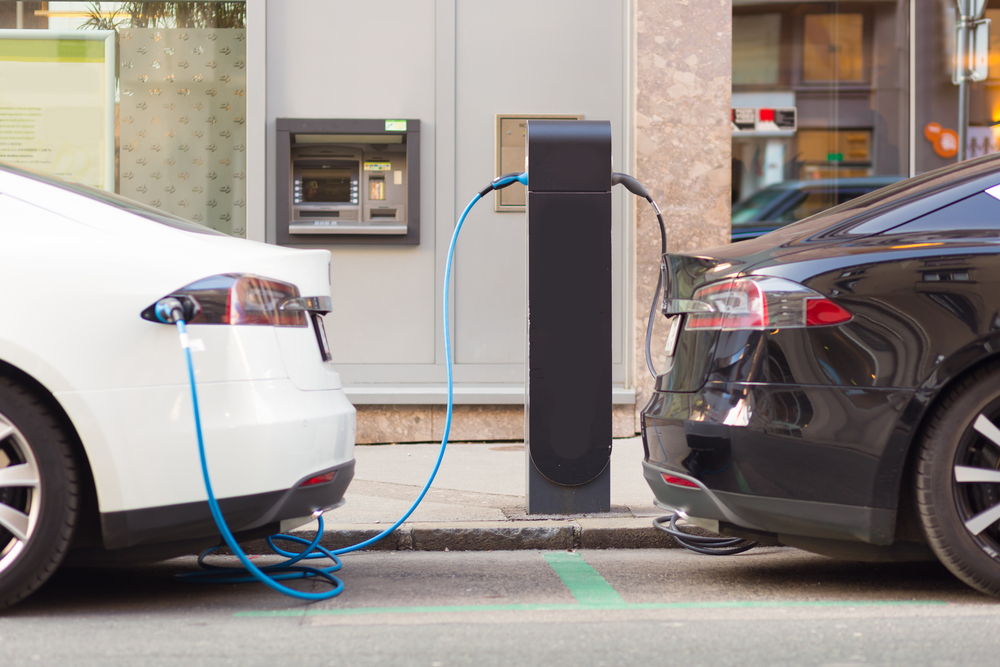New Study Finds that the Salton Sea Has Enough Lithium to Power Nearly 400 Million EVs

A new analysis of the Salton Sea has found that there is much more Lithium than previously expected.
The highly saline manmade lake has been a site where companies have been looking to excavate the material for decades.
History of the Salton Sea
The Salton Sea was created over a century ago to deal with runoff from the Colorado River.
The lake was expanded to 400 square miles and is still California’s largest lake.
At its peak, in the early to mid-20th century, the Salton Sea was a destination that had more visitors than Yosemite National Park. It featured speedboat competitions, water skiing, and more water-sport attractions.
It also attracted a a number of high-profile celebrity tourists such as Frank Sinatra, The Beach Boys, and Bing Crosby.
However, what was once one of the biggest tourist attractions in California would soon become an environmental disaster. Due to the lake not having an outlet to the Pacific Ocean, the water had no choice but to evaporate or go into the ground.
This has caused the salinity to exponentially increase as the evaporated water leaves behind the salt.
In combination with less water flow from the Colorado River, the Salton Sea has become an environmental nightmare. In Imperial County, which is home to the lake, nearby communities are often plagued with a foul odor coming from the Salton Sea and dust clouds that contain harmful toxins.
The county is amongst the worst in air quality in the United States and children with asthma-related illnesses is almost double the California average.
Lithium
Despite the ecological nightmare that the Salton Sea has become, investors and companies are very interested in Lithium under the lake.
Nicknamed “white gold”, Lithium is one of the most important elements in the 21st century, powering everything from laptops, and smartphones, to electric cars.
With electric cars becoming the new normal, Lithium has become more important than ever.
As a result, the Salton Sea might go from one of the nation’s biggest environmental failures to a significant part of California and the United States’ transition to clean energy.
A recent analysis from the Lawrence Berkeley National Laboratory found that the Salton Sea contains around 3,400 kilotons of lithium underneath the surface, an amount that would power over 375 million electric vehicles.
To put that in perspective, there are less than 3 million electric cars being driven in the United States right now.
Thus, the once-ecological failure has the potential to become a major destination in the race to transform America’s transportation and energy sector.
Keep up with BOMA on the Frontline for the latest news in the Greater Los Angeles area.

